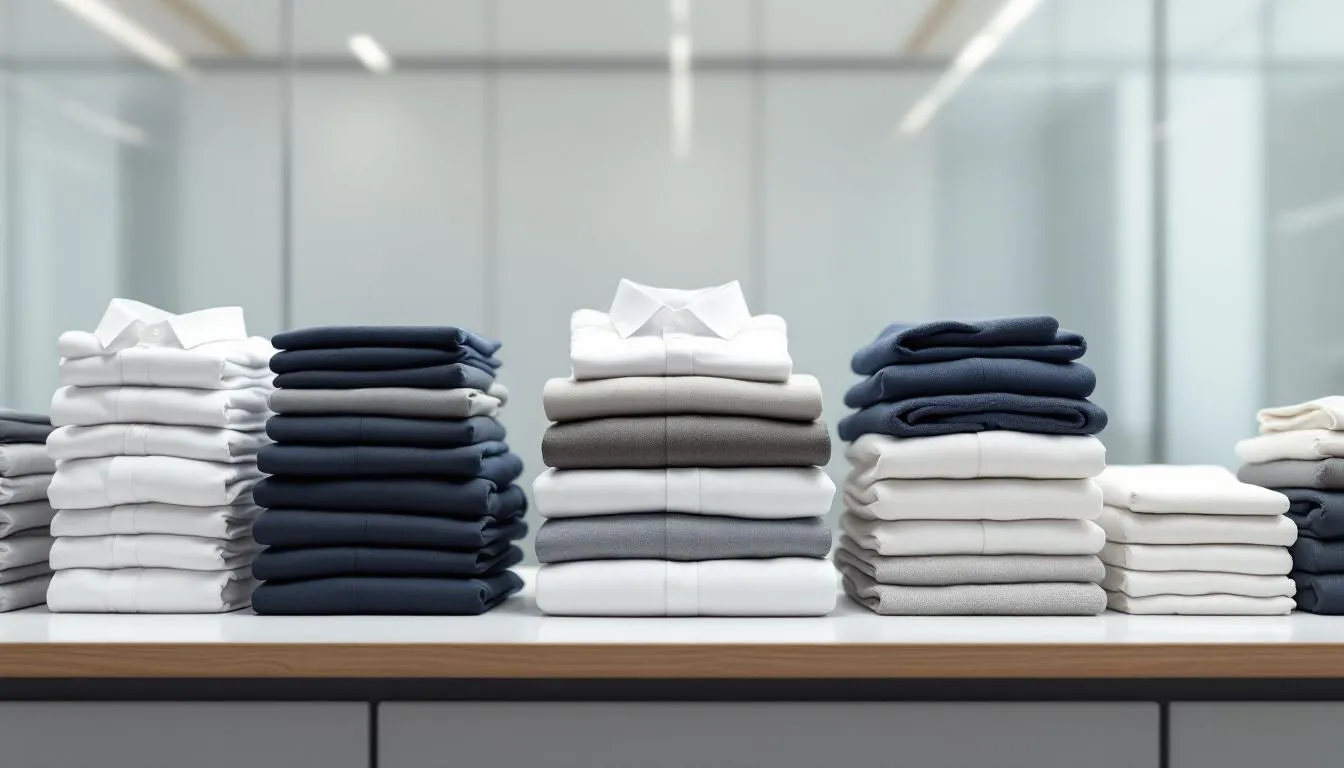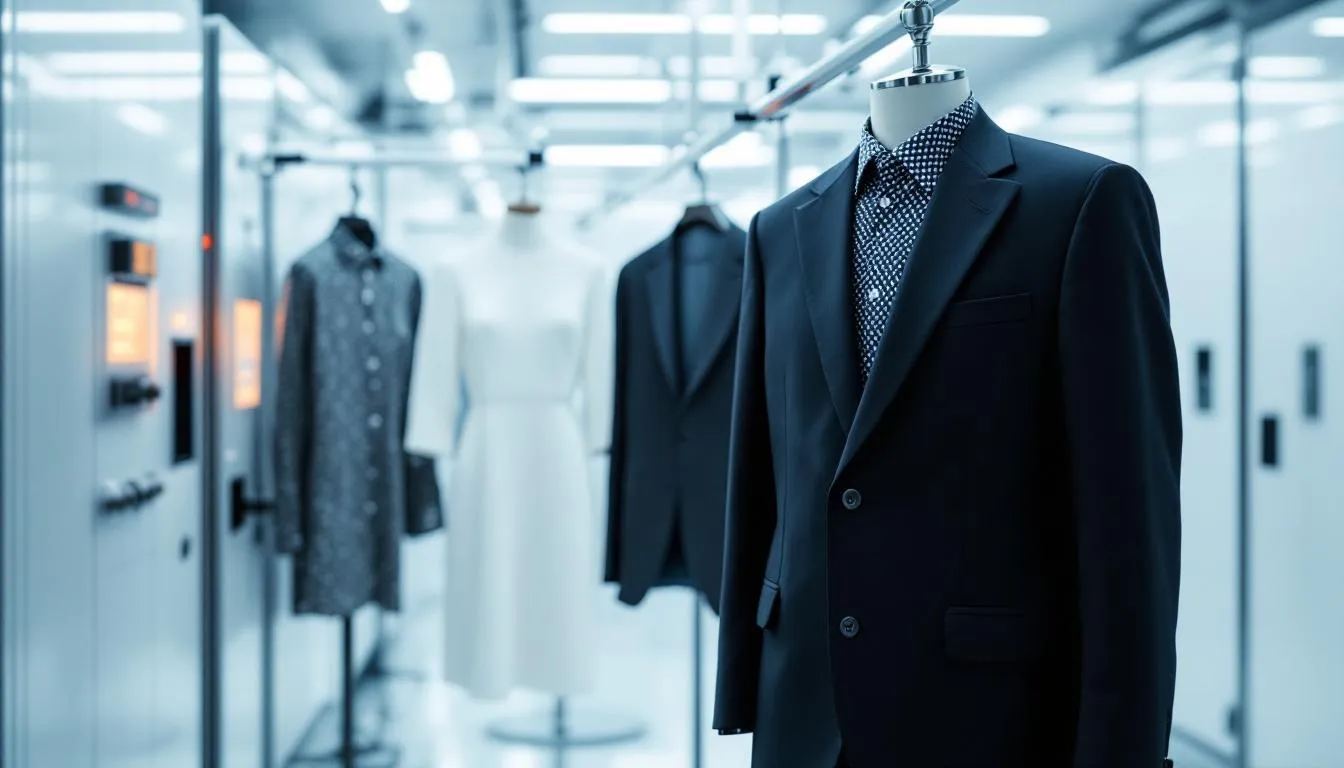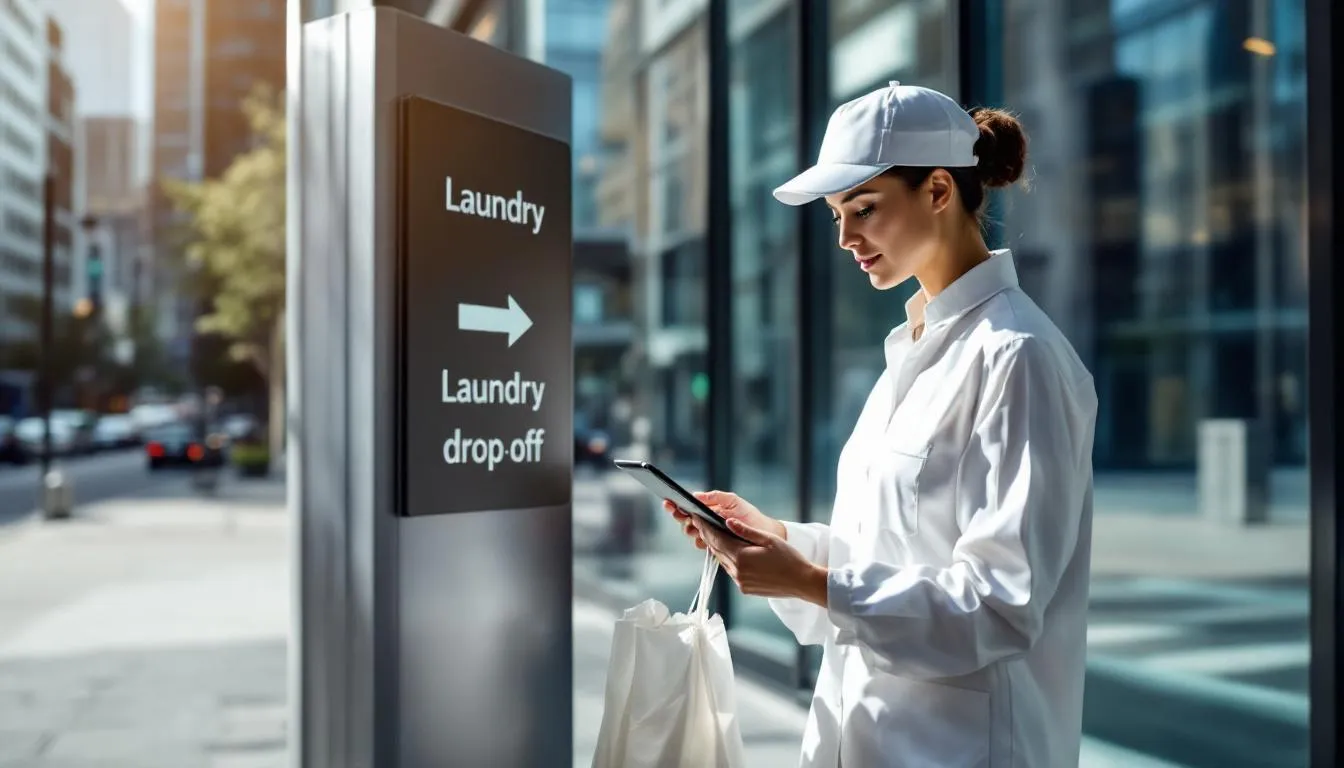When you need to get your laundry done, what do you call your local laundry service? Laundry services go by everything from laundromat to laundrettes. We might not think about it much, but these names actually have some really interesting history behind them. By tracking the names of laundry services over the years, you can learn a lot about how this essential service was developed.
Early History of Laundry Services
During the 1700s and 1800s, laundry was a dangerous, arduous, and time consuming task. Without professional machines, people had to spend hours manually wrangling large, heavy, soaking wet clothes. Many turned to equipment called wringers and mangles. These could help handle all the heavy, wet garments, but they could also disfigure people in dangerous accidents. Laundry was such a hard task that middle class and upper class people never did it themselves. Instead, they would send out their wash to a professional laundry woman. Even those who could not afford a full time servant would send their laundry out to be washed.
Those who could not afford to hire a servant often had to do the work themselves, but they needed to find a better way of handling things. Most lower class people could not afford pricey laundry equipment on their own, so many neighbors united. In many neighborhoods, there was a communal "wash copper" that could be used to heat laundry over the fire. People could borrow or rent the use of this big copper tub to get their laundry done. This communal attitude towards laundry was the start of a trend that would turn into modern laundromats.
Professional Laundry Services First Open in the 1930s
Throughout the early 1900s, the ability to hire servants for all the hard work was on the decline. Most people preferred to work in factories instead of working as a servant, and new machines could help handle tasks previously done with manual labor. By the time the Great Depression swept through the nation, only the wealthiest people had servants anymore. Instead, the majority of people were handling their laundry themselves. Early laundry machines made laundry less physically demanding, but they were big, bulky appliances that often ran on steam.
Due to the financial pressures of the Depression, most people could not afford to purchase a newfangled washing machine themselves. Since so many people were on the road looking for jobs, many people did not even have running water, a stove, or a fire to do laundry with. The laundromat was the solution to this problem. In 1934, C.A. Tannahill started the very first modern laundry service in Fort Worth, Texas. The company had electric laundry machines, so they decided to rent out the use of their equipment to others. Customers could rent out one of four washing machines by the hour to get their clothes clean. These early laundromats often lacked dryers, so customers would wash their clothes then head back home to hang them on the line.
This business was originally called a washateria. It got its name by combining the idea of washing clothes with the idea of the cheap, affordable cafeterias many people used for to get their meals. Residents throughout Texas began relying on washaterias to launder their clothes. The concept quickly spread, and by the end of the decade, laundry services were operating throughout most of the nation. As the concept spread, names for laundry services started changing. While Texas residents still called laundry services washaterias, in other parts of the country they were called things like a coin laundry, coin wash, launderette, or laundrette.
The Name "Laundromat" is Finally Coined in the 1940s
In the 1940s, the name "laundromat" was becoming increasingly popular. Where did this name come from? It is actually the name for a type of washing machine. In 1940, Westinghouse Electric coined the laundromat term. This term is a combination of the words laundry and automatic. It was initially used to describe the automatic laundry machines Westinghouse made, but many people started to call self-service laundry by the name of the equipment used. Just a few years after the Westinghouse Laundromat machine was created, people were calling laundry service stores a laundromat.
In addition to being the name of a popularly used piece of laundromat equipment, laundromat was also a good choice for a name because it helped describe the type of service people could expect. In the early 1900s, there was a common type of restaurant called an automat. This early version of fast food allowed customers to insert a nickel into a machine and get a freshly cooked meal. Most early laundromat customers were familiar with automats, so the name helped them get an idea of how a self service laundromat worked. Just like an automat, a laundromat let customers exchange a couple coins for an essential home service.
Due to the happy coincidence of being a laundry machine name and sounding like a self-service vending company, laundromat quickly took off as the most common name for a laundry service. Different stores used different versions, with some calling themselves a laundry mat or a laundrymat. However it was spelled, most people began agreeing that a store where people could rent a machine and do their laundry was called a laundromat. While launderette became the most popular name in the UK, people in the US decided to stick with laundromat.
Laundromats Take Off in the 1960s, and 70s
By the time World War II ended, laundromats existed in almost every city. These laundry services were widely used, but at the same time, many were still running the same beat up old equipment from the 30s and 40s. In the post war boom, the laundromat concept was ripe for renovation. Investors came in and revitalized laundromats. With new equipment, cleaner facilities, and better services, laundromats became more and more popular.
The coin operated washing machine was first patented in 1957, which made laundromats even more convenient. Instead of needing a bunch of employees to collect payment and assign machines, stores could let customers handle payment and machine selection themselves. Thanks to this invention, the 24 hr laundromat became possible. With 24 hr laundromats, customers could wash laundry even at unconventional hours. This extra convenience further increased the number of customers at laundromats. Throughout the 1960s and 1970s, laundromat usage soared. They were particularly common in cities, where lower income residents needed an affordable way of keeping clothes clean.
The Modern Laundromat Revival
As washing machines became more and more affordable, laundromats suffered from a small decline. In the 1990s and early 2000s, many believed laundromats might become a thing of the past. However, this proved to be untrue. While those with large suburban homes might still have space for their laundry machines, homes are becoming increasingly more compact. Especially in urban environments, 24 hr laundromats remain a vital service. They ensure that those who do not have space or money for a laundry machine can still keep their clothes clean.
With the use of things like free Wifi, laundromat app alerts that tell you when clothes are done, and on-site entertainment, laundromats are learning how to appeal to the modern customer. More and more laundromat centers are starting to focus on the "service" aspect of being a laundry service. It is very easy to find laundromats that offer perks like picking up laundry, steaming out wrinkles, dry cleaning, and folding laundry. This can cut back on a lot of stress and inconvenience for a busy household. Instead of having to wait at a coin laundromat, people can get fresh, clean laundry delivered straight to their door.
The Future of Laundromats
In the future, industry experts continue to expect a shift towards upscale experiences. Instead of the budget laundromats of the past, more clients are expressing an interest in full service laundromats. Customers willing to pay for laundry services usually do so for convenience instead of a desire to save on purchasing laundry equipment. In the future, the majority of customers at laundromats may be those who want to spend less time dealing with laundry and save more space in their homes.
Some laundromat owners report plans to upgrade their building into so-called "laundrobars." These offer customers the chance to get coffee, craft beer, and other refreshments while they wait. Others are starting to promote more clothing oriented services. Customers can now rely on their local laundromat for things like laundry delivery, dry cleaning, and even tailoring.
At Hamperapp laundromat, we work hard to make the laundromat experience as convenient as possible. Instead of Googling "laundromat near me" and trekking around the city with a hamper, just download our app. We handle every step of laundry for you, from pickup to delivery. Within just 24 hours of pickup, you get fresh, clean, neatly folded laundry. Give us a try today and say goodbye to dirty clothes.


 Wash and fold service handles every step in the laundry process, offering a comprehensive solution. This service involves professionals managing everything from washing to folding and even delivering your washed clean clothes back to you.
Wash and fold service handles every step in the laundry process, offering a comprehensive solution. This service involves professionals managing everything from washing to folding and even delivering your washed clean clothes back to you. Dry cleaning is crucial for maintaining the quality and longevity of delicate fabrics. This professional cleaning service includes pressing and delivering clothes on hangers, ensuring they arrive in pristine condition.
Dry cleaning is crucial for maintaining the quality and longevity of delicate fabrics. This professional cleaning service includes pressing and delivering clothes on hangers, ensuring they arrive in pristine condition. Pickup and delivery service offers unmatched convenience. Scheduling laundry pickups is easy with services like Hamperapp, offering personless free pickup and delivery. This makes scheduling laundry services around your availability easier and avoids the need to drop off laundry.
Pickup and delivery service offers unmatched convenience. Scheduling laundry pickups is easy with services like Hamperapp, offering personless free pickup and delivery. This makes scheduling laundry services around your availability easier and avoids the need to drop off laundry.

